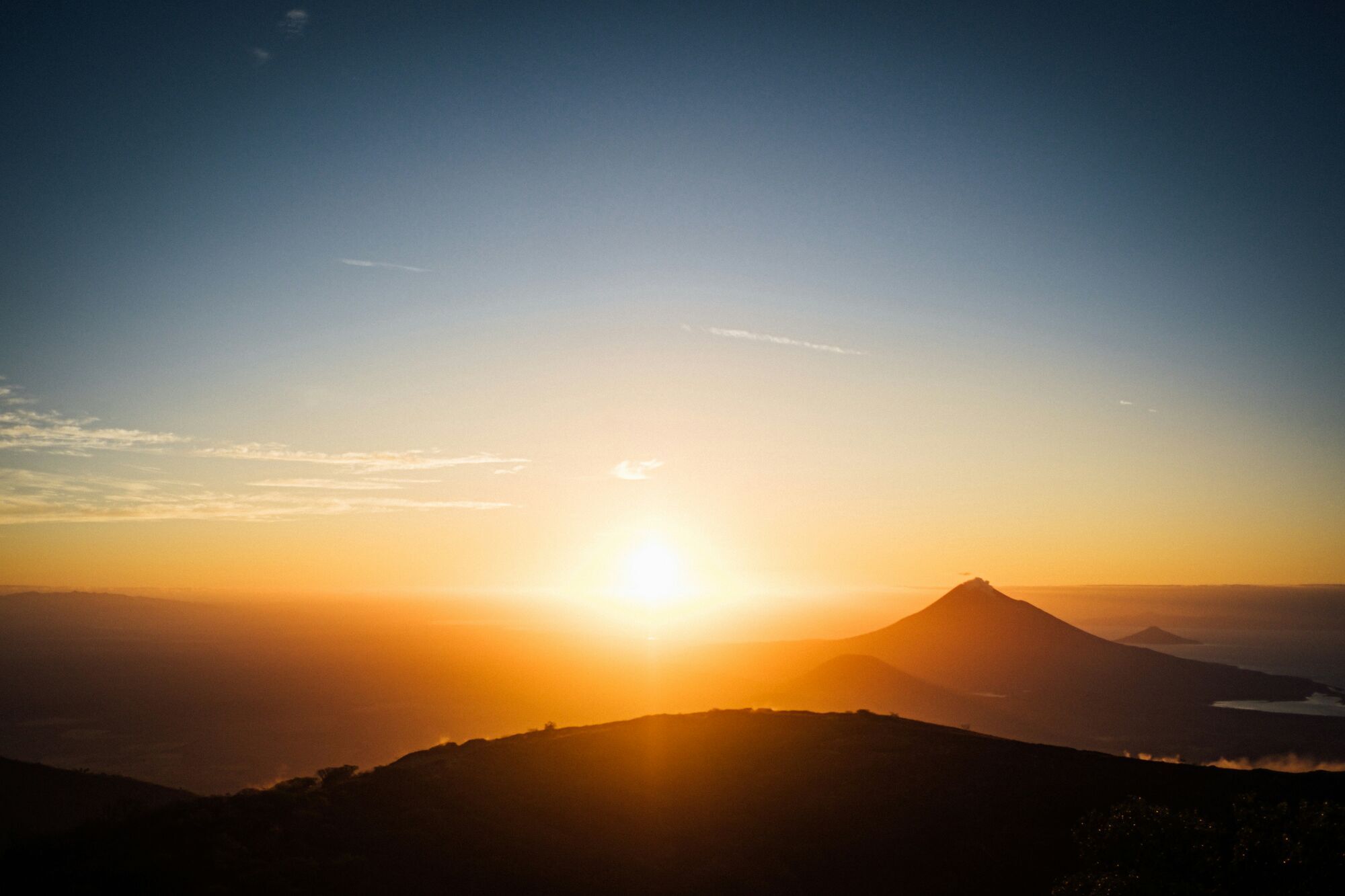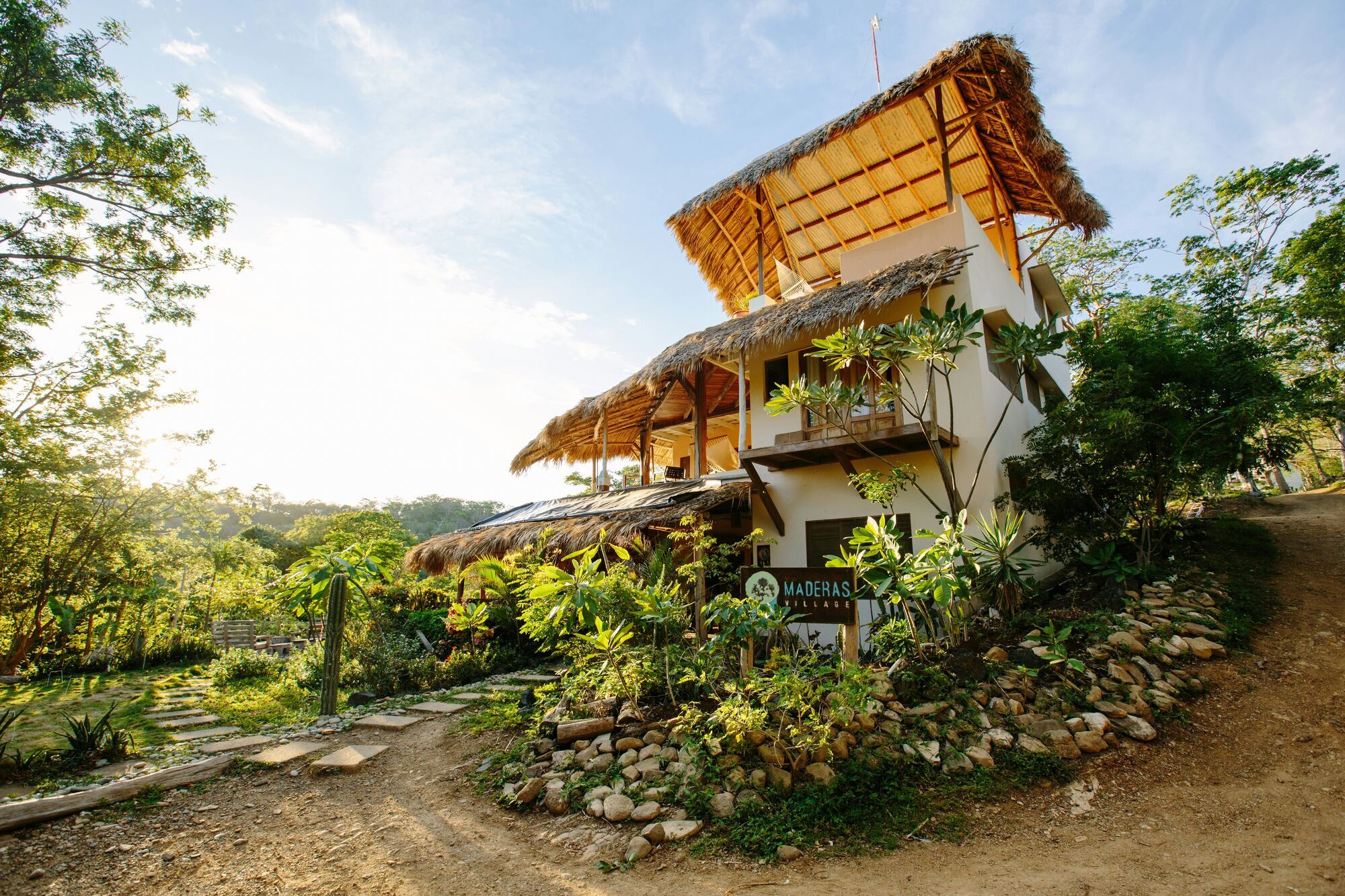Is Nicaragua Safe for Travelers? A Practical Guide to Exploring This Central American Gem

Nicaragua, a land of volcanic landscapes, colonial charm, and unspoiled coastlines, has grown in popularity among adventurous travelers seeking off-the-beaten-path experiences. Yet, as with any destination, safety remains a concern for visitors unfamiliar with the country. Here’s a comprehensive look at Nicaragua’s current travel safety landscape and tips for navigating it responsibly.
Understanding Nicaragua’s Travel Safety Landscape
In recent years, Nicaragua has experienced political unrest, primarily during the protests of 2018, which raised concerns about public safety. Although these events are no longer widespread, the country’s political environment remains a topic of interest for travelers. Today, most tourist areas in Nicaragua, including Granada, León, San Juan del Sur, and Ometepe Island, are considered relatively safe for visitors, especially when compared to some neighboring Central American nations. Nevertheless, it’s wise to stay informed on local conditions and exercise caution in less-frequented areas.

The U.S. State Department currently advises travelers to exercise increased caution in Nicaragua, particularly when engaging in activities outside of established tourist areas. Following credible news sources and consulting recent government advisories can help travelers make well-informed decisions and avoid potentially unstable regions.
Key Tips for Staying Safe in Nicaragua
- Stay Informed on Local Events Keeping updated on local news is essential for travelers in Nicaragua. Reliable sources like national newspapers or trusted online platforms provide insights into current events that may affect travel plans. It’s also beneficial to register with a local embassy or use the STEP (Smart Traveler Enrollment Program) if available, to receive real-time updates.
- Choose Accommodations Wisely Staying in reputable hotels or guesthouses within well-traveled areas offers a layer of security. Tourist hubs like Granada and León have a range of accommodations that prioritize guest safety, from hostels with secure entry systems to hotels with round-the-clock security. Researching accommodations with positive reviews on safety can provide peace of mind.
- Exercise Caution with Public Transportation While local buses, known as "chicken buses," offer an authentic travel experience, they may lack the security and comfort that many travelers expect. Private shuttles or taxis are generally considered safer and more reliable, particularly for intercity travel. For those using taxis, sticking to officially registered taxis or arranging rides through reputable services is advisable.
- Avoid Demonstrations and Large Gatherings While Nicaragua’s main tourist zones are typically calm, it’s wise to avoid any political gatherings or demonstrations, as they can sometimes turn unpredictable. Travelers should keep a low profile during these events and monitor any official advice regarding public gatherings.
- Health and Water Safety Health precautions, particularly regarding food and water, are important in Nicaragua. It’s best to drink bottled or purified water and avoid ice in drinks unless certain it’s made from purified sources. Additionally, keeping a basic first-aid kit and any necessary medications is recommended, especially if visiting remote areas with limited access to medical facilities.
Highlights of Safe Destinations in Nicaragua
- Granada: Known for its well-preserved colonial architecture and vibrant culture, Granada is one of Nicaragua’s most popular and accessible cities. Visitors here enjoy attractions like Lake Nicaragua, Mombacho Volcano, and a relaxed atmosphere with a welcoming expat community.
- León: A lively city steeped in history, León is famous for its art, cathedrals, and proximity to Cerro Negro, one of the few places in the world where travelers can go volcano boarding. León has a youthful vibe due to its large student population and generally remains a safe place for visitors.
- San Juan del Sur: As Nicaragua’s top beach destination, San Juan del Sur draws surfers and sun-seekers alike. This coastal town on the Pacific is known for its laid-back atmosphere, beach parties, and surfing schools. While petty theft can be an issue, standard precautions, such as keeping valuables secure, ensure a smooth experience.
- Ometepe Island: Located on Lake Nicaragua, Ometepe Island offers outdoor adventure and tranquility, with activities like hiking up its twin volcanoes, Concepción and Maderas, and exploring the island’s natural reserves. Due to its remote location, Ometepe remains peaceful and draws travelers looking to escape the bustle of mainland cities.
Practical Precautions for Solo Travelers
For solo travelers, particularly women, Nicaragua can be both rewarding and challenging. As in many destinations, solo travelers are advised to avoid isolated areas after dark and exercise caution when meeting new people. Engaging with local tour operators for activities like hiking or volcano tours ensures both safety and the opportunity to connect with knowledgeable guides.

Many solo travelers report positive experiences, especially in popular tourist destinations, where locals are accustomed to foreign visitors. Learning a few basic Spanish phrases can also go a long way in creating a smooth, respectful interaction with locals and enhancing the travel experience.
Embracing Responsible Travel in Nicaragua
Nicaragua’s natural beauty and rich culture make it an alluring destination for travelers who are prepared to engage responsibly. Being mindful of local norms and respectful toward community traditions strengthens visitor interactions and helps create a positive impact on local communities.
Visitors are encouraged to support locally-owned businesses, hire local guides, and minimize environmental impact. By choosing eco-conscious accommodations and supporting sustainable tourism practices, travelers can contribute positively to Nicaragua’s evolving tourism sector.



















